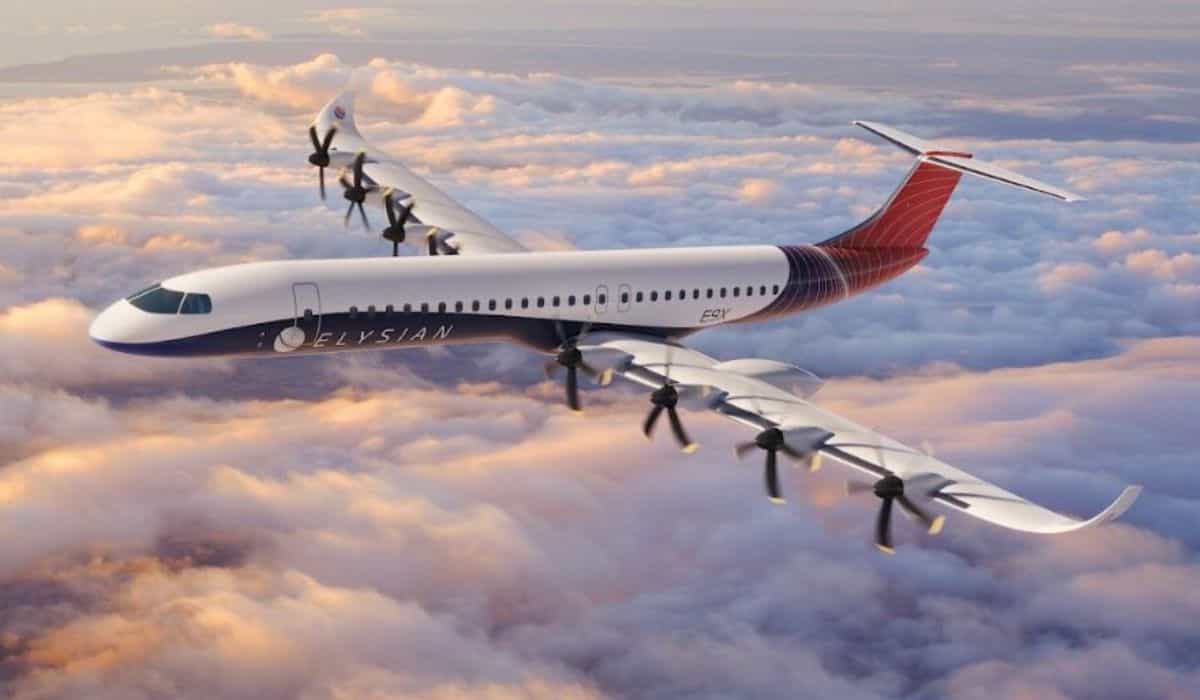 Dutch startup revolutionizes aviation by introducing electric airplane with 90 passenger capacity (Linkedln / Elysian Aircraft)
Dutch startup revolutionizes aviation by introducing electric airplane with 90 passenger capacity (Linkedln / Elysian Aircraft)
Commercial aviation is facing significant challenges to reduce its environmental impact and achieve net-zero emissions by 2050. With sustainable aviation fuel being produced slowly and few viable alternatives on the horizon, a startup may be the light at the end of the tunnel.
+ Royal Enfield Launches the Guerrilla 450 Starting at Rs 2.39 Lakh (US$ 2.8k)
Dutch startup Elysian is proposing an innovative solution with its fully electric regional aircraft project, the E9X.
With a capacity of 90 passengers and a range of 805 kilometers, the company aims to commercially launch the aircraft within a decade, reducing emissions by up to 90%.
The E9X, still in the concept phase, features an unconventional design stemming from collaboration with Delft University of Technology. Batteries will be housed in the wings to optimize weight and lift, and the aircraft will boast eight propeller engines and a slim fuselage for enhanced aerodynamic efficiency.
Battery technology will be based on current capabilities, with expected improvements in the coming years allowing for a maximum charging time of 45 minutes.
Despite the promises, Elysian will face significant challenges competing with established manufacturers and integrating new technology into current infrastructure. Other companies like ZeroAvia, Eviation, and Heart Aerospace are also developing electric aircraft, each with different strategies and timelines to enter the market.
The commercial viability of the E9X will depend on its ability to overcome these technological and infrastructure barriers and attract interest from regional airlines and low-cost operators.
Source: CNN | This content was created with the assistance of AI and reviewed by the editorial team.

